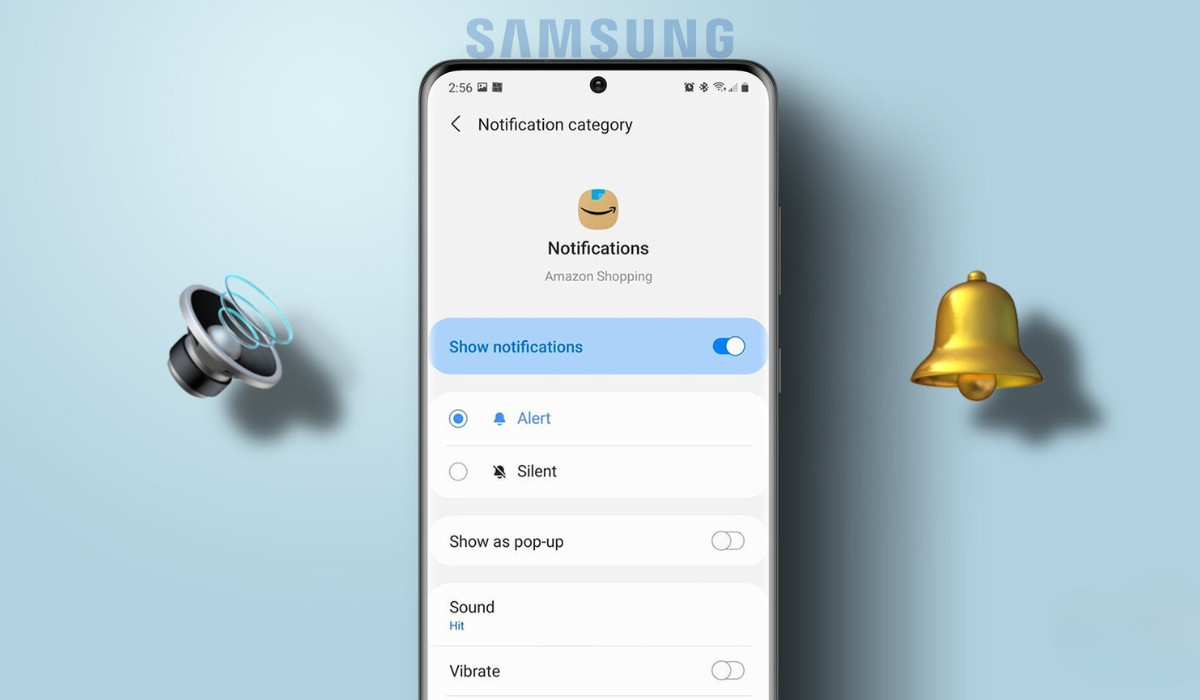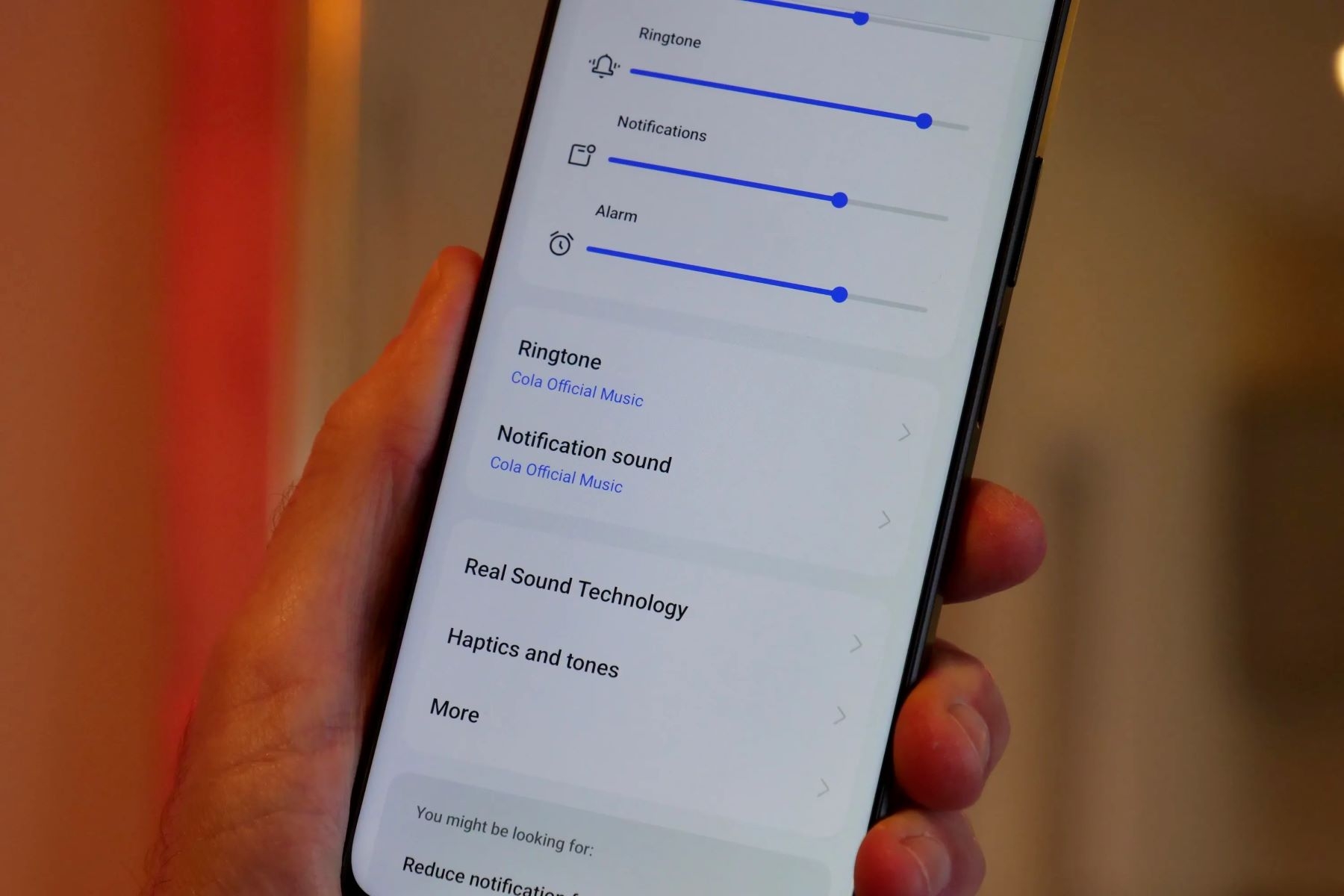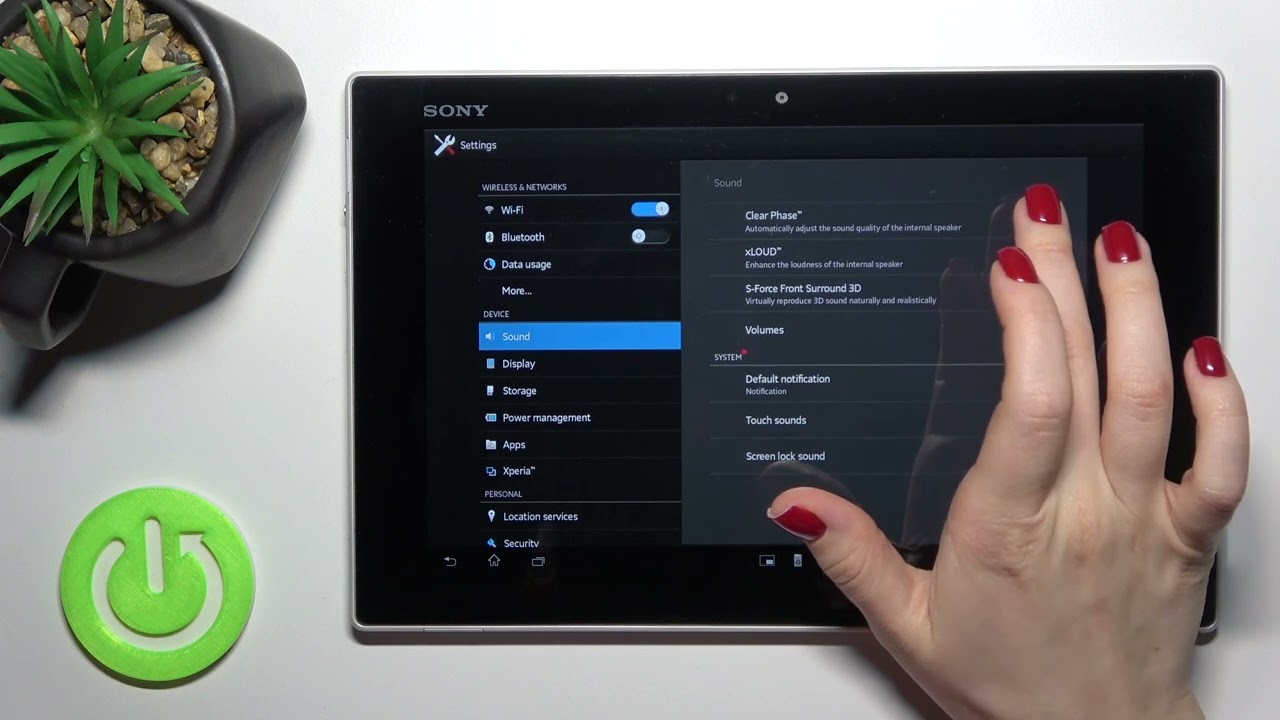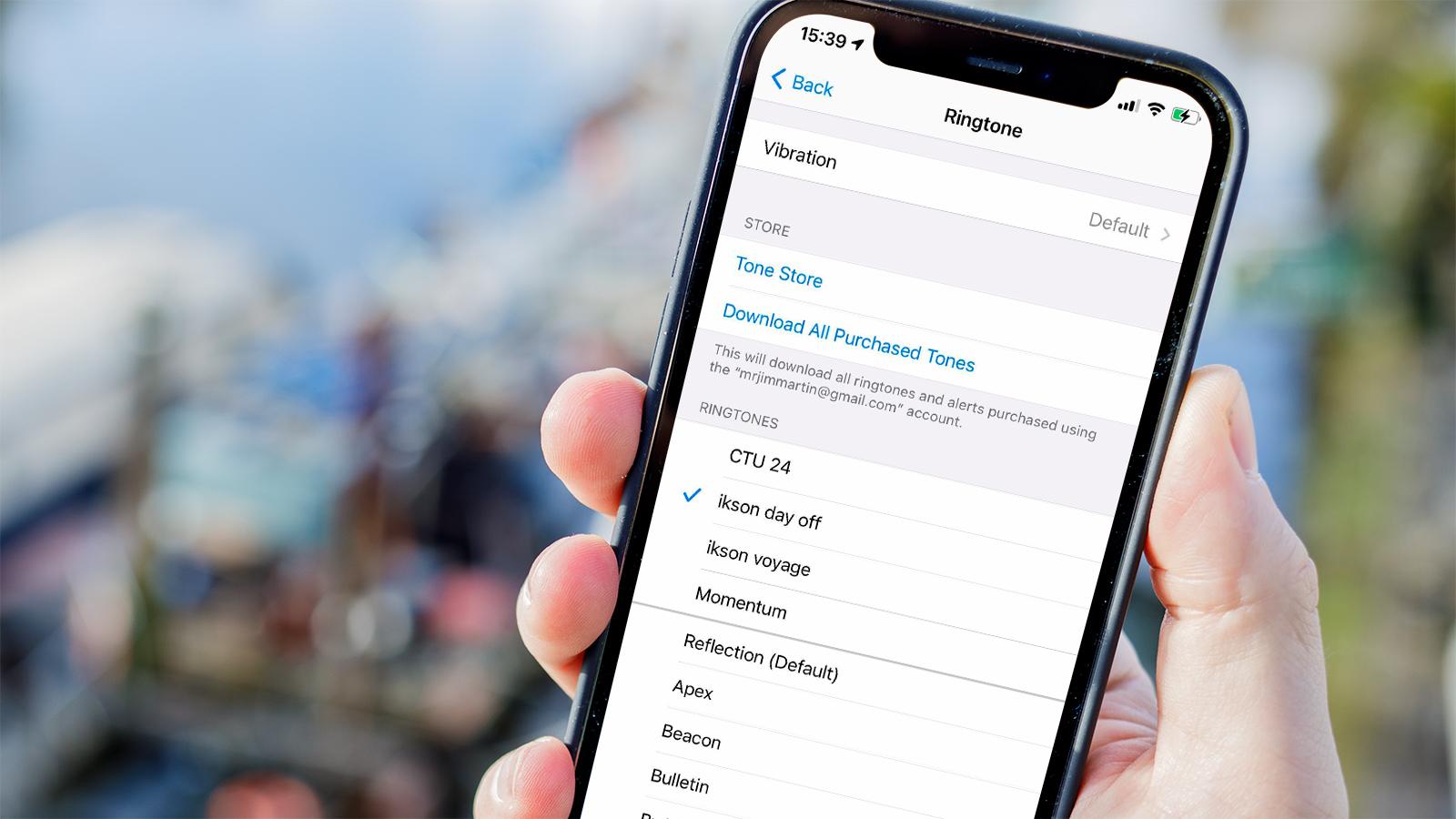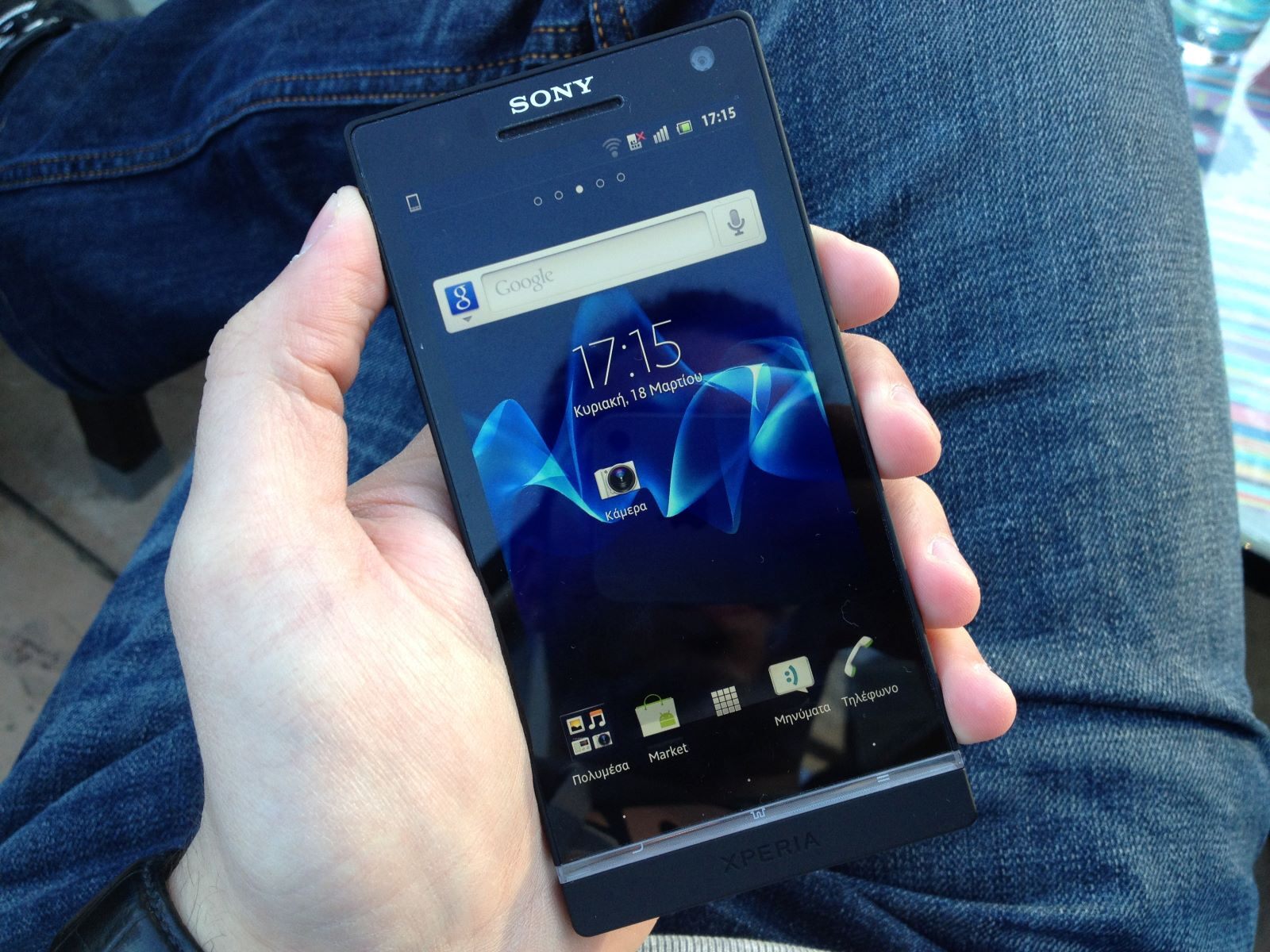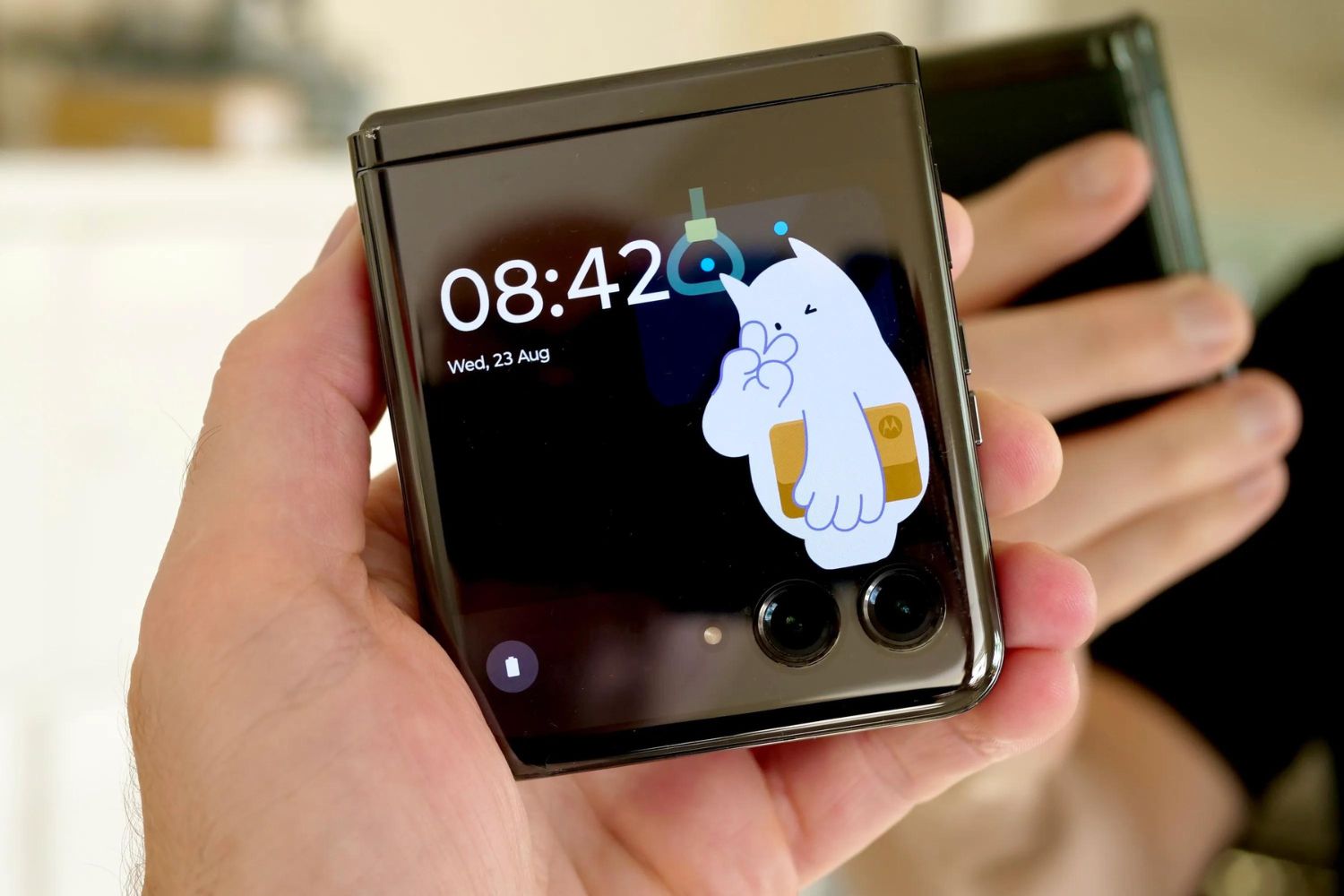Introduction
In today's fast-paced digital world, mobile devices have become an integral part of our daily lives. From staying connected with loved ones to managing work tasks on the go, our smartphones and tablets have evolved into indispensable tools. One often overlooked aspect of mobile device customization is the auditory experience. While visual customization such as wallpapers and themes are popular, the auditory aspect, particularly notification sounds, can significantly impact user experience.
The default notification sounds that come pre-installed on mobile devices may not always resonate with individual preferences. Whether it's the cheerful chime of a new message, the subtle ping of an email, or the urgent alert of a calendar reminder, these sounds play a crucial role in how we interact with our devices. Understanding the significance of auditory preferences and the impact of customized notification sounds can lead to a more personalized and enjoyable mobile experience.
As we delve into the realm of auditory customization, it's essential to recognize the diverse preferences and sensitivities of users. Some individuals may prefer soothing and gentle tones, while others may opt for more energetic and attention-grabbing sounds. By acknowledging these differences, we can tailor our devices to reflect our unique personalities and create a more harmonious interaction between technology and personal expression.
In this article, we will explore the nuances of auditory preferences, the art of customizing notification sounds, and best practices for optimizing this aspect of mobile device personalization. By the end of this journey, you will gain valuable insights into the power of auditory customization and how it can elevate your overall mobile experience. So, let's embark on this sonic adventure and uncover the art of crafting the perfect auditory landscape for your digital world.
Understanding Auditory Preferences
Auditory preferences encompass a wide spectrum of individual inclinations towards sound, encompassing various factors such as tone, volume, rhythm, and emotional associations. These preferences are deeply rooted in personal experiences, cultural influences, and psychological responses to auditory stimuli. Understanding the intricacies of auditory preferences is crucial in the context of mobile device customization, as it directly impacts user engagement and satisfaction.
The diversity of auditory preferences is evident in the way individuals respond to different types of sounds. For some, the gentle trickle of a stream or the soft rustling of leaves may evoke a sense of tranquility and relaxation. Others may find comfort in the rhythmic beats of a favorite song or the familiar melody of a nostalgic tune. These preferences are not only subjective but also deeply intertwined with emotional and psychological connections to specific sounds.
Cultural influences play a significant role in shaping auditory preferences. The association of certain sounds with cultural rituals, traditions, or musical genres can influence an individual's affinity towards specific auditory stimuli. For example, the vibrant and rhythmic beats of traditional music may evoke a sense of celebration and festivity for individuals from specific cultural backgrounds, while others may find solace in the serene sounds of nature prevalent in their cultural heritage.
Moreover, psychological responses to auditory stimuli contribute to the complexity of auditory preferences. The way individuals perceive and interpret sounds is influenced by their unique psychological makeup, including past experiences, memories, and emotional associations. A sound that elicits joy and excitement for one person may evoke discomfort or unease in another, highlighting the subjective nature of auditory preferences.
In the context of mobile device customization, understanding auditory preferences empowers users to curate a personalized auditory environment that resonates with their individual inclinations. By acknowledging the multifaceted nature of auditory preferences, users can tailor their notification sounds to evoke positive emotional responses, enhance productivity, and create a more immersive and enjoyable mobile experience.
As we navigate the realm of auditory preferences, it becomes evident that the art of customizing notification sounds extends beyond mere personalization; it is a reflection of our unique auditory identities and a means of harmonizing technology with our individual sensory experiences.
Customizing Notification Sounds
Customizing notification sounds on mobile devices offers a personalized approach to auditory interaction, allowing users to tailor their digital environment to align with their unique preferences and lifestyle. The process of customizing notification sounds involves selecting distinct audio cues for different types of notifications, such as messages, emails, calendar events, and app alerts. This level of customization not only adds a touch of individuality to the user experience but also serves practical purposes by enabling quick identification of incoming notifications based on their auditory signatures.
The first step in customizing notification sounds is to explore the array of pre-installed options offered by the device's operating system. These options often include a variety of tones, melodies, and sound effects designed to cater to diverse preferences. Users can browse through these built-in sounds to identify those that resonate with their auditory inclinations and effectively convey the intended purpose of each notification.
For those seeking a more personalized touch, the option to use custom notification sounds provides an avenue for creative expression. Users can leverage their favorite songs, melodies, or sound bites to craft unique notification tones that reflect their individual tastes and personality. This level of customization allows for a deeper connection with the auditory environment of the device, infusing it with a sense of familiarity and personal significance.
Furthermore, the ability to assign specific notification sounds to different contacts or apps adds a layer of customization that enhances user interaction. By associating distinct sounds with individual contacts, users can instantly identify the sender or the nature of the communication without having to check the screen. Similarly, assigning unique sounds to essential apps or services enables users to differentiate between various types of notifications, streamlining their response to incoming alerts.
In addition to selecting and assigning notification sounds, adjusting the volume and vibration settings for different types of notifications contributes to a comprehensive customization approach. Users can fine-tune the volume levels for specific sounds, ensuring that they are audible without being disruptive in various environments. Moreover, the option to enable or disable vibration alongside auditory alerts allows users to tailor their notification experience based on their preferences and situational requirements.
Customizing notification sounds is not merely a superficial aspect of personalization; it is a means of infusing the digital realm with a touch of individuality and enhancing the overall user experience. By crafting a tailored auditory landscape, users can transform the way they engage with their mobile devices, creating a more immersive and harmonious interaction that aligns with their unique auditory preferences and lifestyle.
This level of customization not only adds a touch of individuality to the user experience but also serves practical purposes by enabling quick identification of incoming notifications based on their auditory signatures.
Best Practices for Customizing Notification Sounds
When it comes to customizing notification sounds for mobile devices, several best practices can enhance the overall user experience and optimize the effectiveness of auditory customization. These practices are designed to align with individual preferences, promote seamless interaction, and ensure that notification sounds serve their intended purpose without causing disruption or discomfort.
-
Distinctiveness and Clarity: Selecting notification sounds that are distinct and easily recognizable is essential. Clear and unique tones help users differentiate between various types of notifications, enabling them to identify incoming alerts promptly. Avoiding overly complex or ambiguous sounds ensures that the purpose of each notification is conveyed effectively.
-
Consideration of Environment: Custom notification sounds should be chosen with consideration for the user's typical environments. For instance, selecting subtle and unobtrusive tones for work-related notifications can prevent disruptions in professional settings, while more vibrant and attention-grabbing sounds may be suitable for personal or leisure-related alerts.
-
Auditory Comfort: Prioritizing auditory comfort is crucial. Notification sounds should be pleasant to the ear and avoid being jarring or excessively loud. Striking a balance between being audible and non-intrusive ensures that users are not startled or discomforted by incoming alerts.
-
Consistency and Association: Maintaining consistency in notification sounds can aid in establishing associations between specific tones and their corresponding notifications. This consistency fosters familiarity and streamlines the user's ability to recognize and respond to different types of alerts based on auditory cues.
-
Personalization without Overwhelm: While the option to use custom notification sounds offers a high degree of personalization, it's important to avoid overwhelming the auditory environment with an excessive variety of tones. Selecting a few carefully curated sounds for different types of notifications can maintain a cohesive auditory experience without overwhelming the user.
-
Accessibility and Inclusivity: Considering the diverse auditory preferences and sensitivities of users is essential. Providing a range of built-in notification sounds that cater to various preferences, including options for soothing, energetic, and neutral tones, ensures inclusivity and accessibility for all users.
-
Testing and Feedback: Before finalizing notification sounds, testing them in different environments and seeking feedback from peers or family members can provide valuable insights. This process helps in evaluating the effectiveness of the chosen sounds and ensures that they align with the user's preferences and situational requirements.
By adhering to these best practices, users can optimize the customization of notification sounds, creating an auditory environment that resonates with their individual preferences, enhances user experience, and fosters seamless interaction with mobile devices. The art of crafting the perfect auditory landscape lies in the thoughtful consideration of these best practices, ensuring that notification sounds harmonize with the user's lifestyle and sensory inclinations.
Conclusion
In the realm of mobile device customization, the significance of auditory preferences and the art of customizing notification sounds cannot be overstated. As we navigate the digital landscape, our auditory experiences play a pivotal role in shaping our interactions with technology, influencing our emotional responses, and contributing to the overall harmony of our digital environments.
The journey of understanding auditory preferences has unveiled the intricate tapestry of individual inclinations towards sound, encompassing cultural influences, psychological responses, and emotional associations. This understanding serves as the foundation for the art of customizing notification sounds, empowering users to curate a personalized auditory environment that resonates with their unique sensory inclinations.
Customizing notification sounds goes beyond mere personalization; it is an expression of individuality and a means of harmonizing technology with our auditory identities. The ability to select distinct tones, assign personalized sounds to contacts and apps, and fine-tune volume and vibration settings offers a comprehensive approach to crafting a tailored auditory landscape that aligns with our lifestyle and preferences.
Moreover, the best practices for customizing notification sounds provide a roadmap for optimizing the auditory experience, ensuring that notification tones are distinct, considerate of environmental contexts, and prioritize auditory comfort. By adhering to these best practices, users can create an auditory environment that enhances user experience, fosters familiarity, and promotes seamless interaction with mobile devices.
As we conclude this exploration of auditory preferences and the art of customizing notification sounds, it becomes evident that the power of auditory customization extends far beyond the realm of personalization. It is a reflection of our individuality, a conduit for emotional expression, and a catalyst for a more immersive and harmonious digital experience.
In embracing the art of crafting the perfect auditory landscape for our digital world, we embark on a journey of self-expression, sensory harmony, and personalized interaction with technology. By infusing our digital realms with the melodies, tones, and rhythms that resonate with our hearts and minds, we transcend the realm of mere customization and embark on a sonic adventure that enriches our digital lives.







